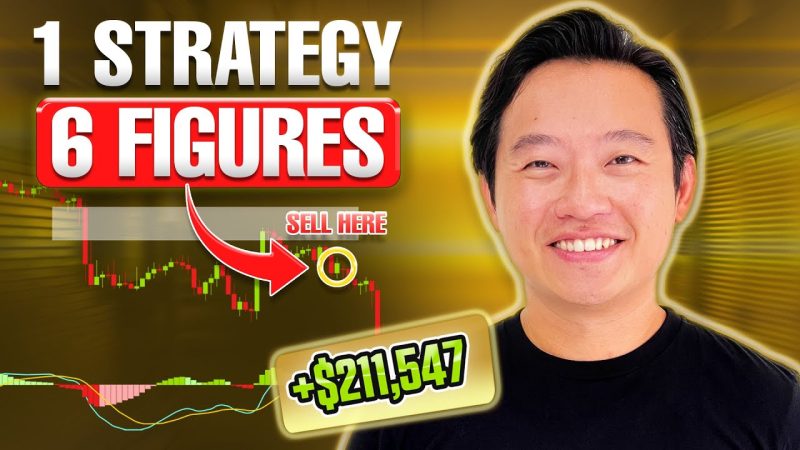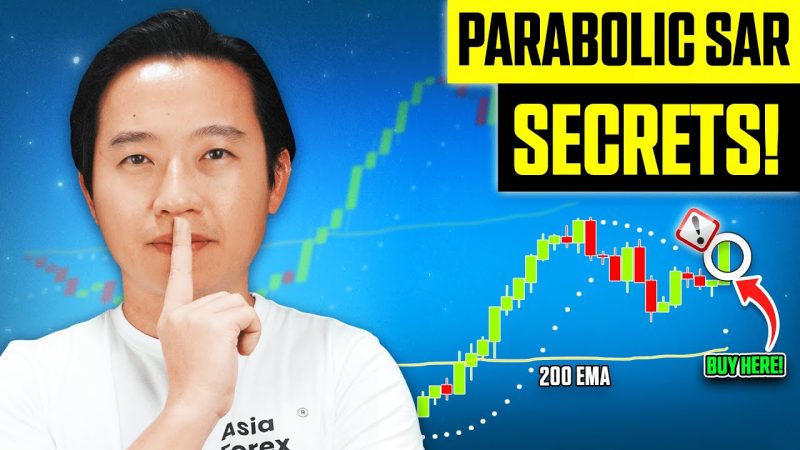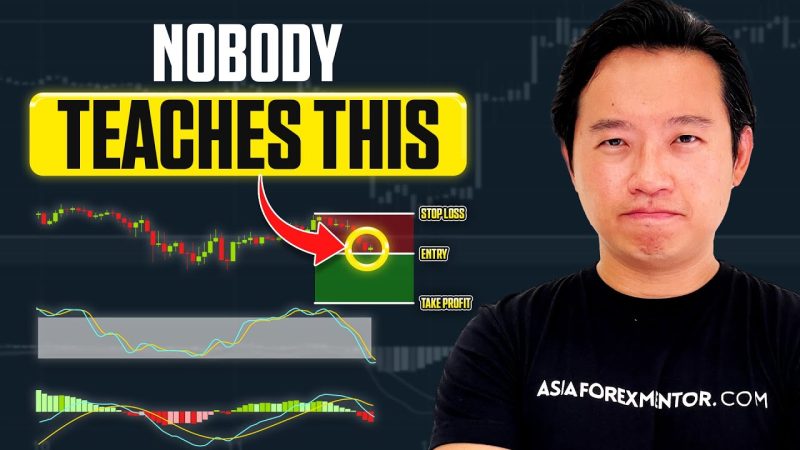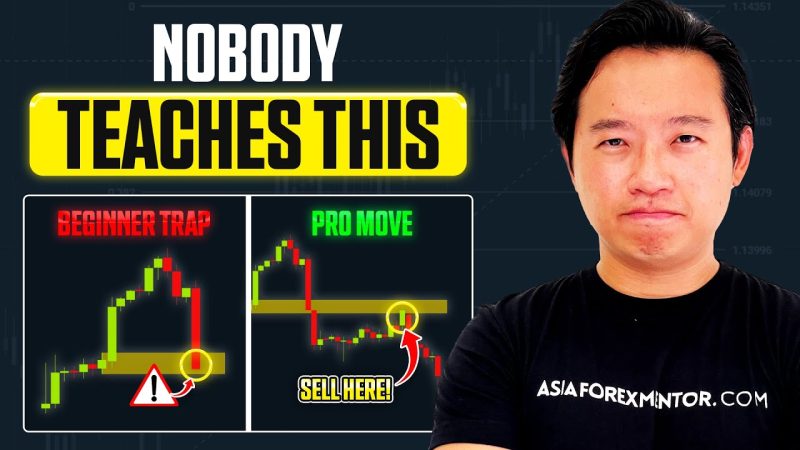Ready to break into the elite ranks of Forex traders? In this video, we reveal a step-by-step plan tailored for beginners, sharing the exact strategies top 1–2% traders use to consistently profit, master entry and exit timing, and protect their capital. With powerful insights and proven techniques, you'll build a strong trading foundation and fast-track your path to market success.

I Make 6 FIGURES A Trade Using ONLY This Fair Value Gap (FVG) Strategy
Inside this video, you’ll discover my full 4-Strategy Fair Value Gap Framework — the exact approach I use to filter noise, spot institutional imbalances,










